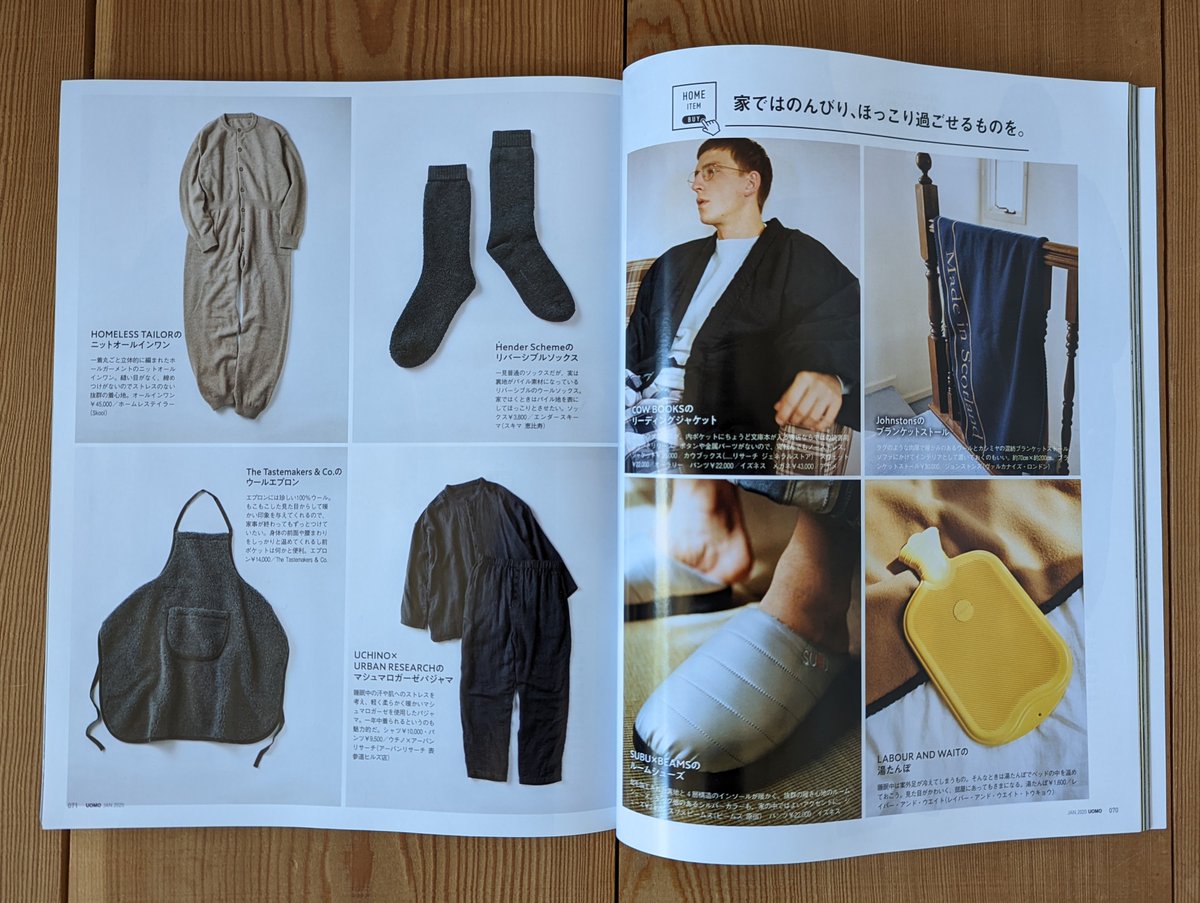
Author of 21st c. cultural history Blank Space (Nov 18, 2025) plus Ametora (2015) / Status and Culture (2022). Newsletter at https://t.co/M0KE6eCmKM.
How to get URL link on X (Twitter) App


 1. Thorstein Veblen - The Theory of the Leisure Class
1. Thorstein Veblen - The Theory of the Leisure Class



 The joint was laced or tainted, and Hosono went into a serious panic attack. He thought he was going to die and begged his friends to call an ambulance. They told him to chill out.
The joint was laced or tainted, and Hosono went into a serious panic attack. He thought he was going to die and begged his friends to call an ambulance. They told him to chill out.

 The yankii fit the common pattern of working-class subcultures (like Japanese Teddy Boys). They're a major part of post-war youth culture, especially as part of bōsōzoku biker gangs, and show up a lot in manga, films, and TV, such as Be-Bop High-School or baseball film Rookies.
The yankii fit the common pattern of working-class subcultures (like Japanese Teddy Boys). They're a major part of post-war youth culture, especially as part of bōsōzoku biker gangs, and show up a lot in manga, films, and TV, such as Be-Bop High-School or baseball film Rookies. 


 This Japanese design style began in the mid-1970s, directly inspired by the Whole Earth Catalog — @stewartbrand's hyper-saturated guide to the tools necessary for self-sustainable communities, published from 1968-1972. (Steve Jobs called WEC “Google in paperback form.")
This Japanese design style began in the mid-1970s, directly inspired by the Whole Earth Catalog — @stewartbrand's hyper-saturated guide to the tools necessary for self-sustainable communities, published from 1968-1972. (Steve Jobs called WEC “Google in paperback form.") 


 Yuya's legacy is interesting as a sort of alternative history. In the late 1960s, there was a big debate between Yuya and the band Happy End about the proper direction of Japanese rock.
Yuya's legacy is interesting as a sort of alternative history. In the late 1960s, there was a big debate between Yuya and the band Happy End about the proper direction of Japanese rock.
https://twitter.com/HirokoTabuchi/status/827877852762738688And the people who dress in it don't do it for the same reasons: they dress that way to be social media stars or be on variety TV.